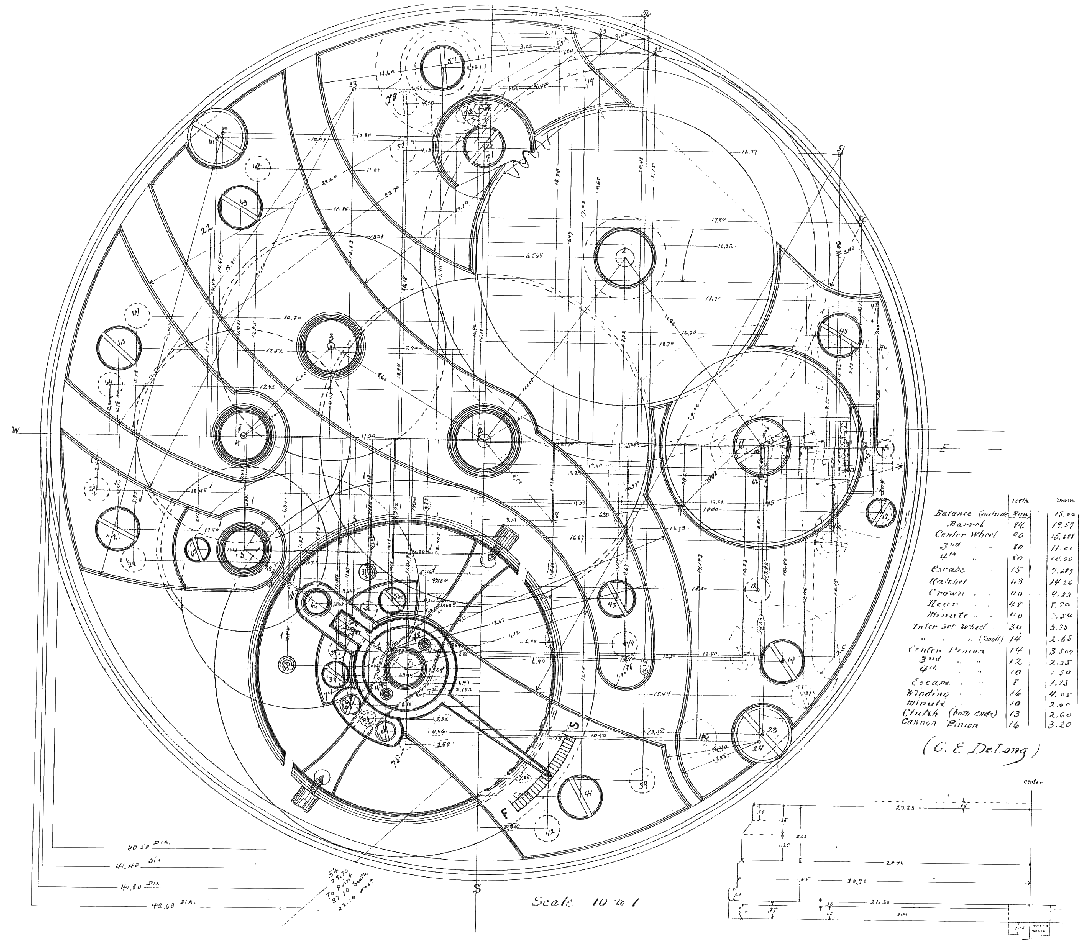Functions¶

If computerized actions in your score observe very repetitive conceptual patterns similar to electronic leitmotifs, then you might want to simplify your score by defining Functions, Process, Macros, Actors and Patterns, which recognize those patterns through user-defined entities and arguments.
Functions are described in this chapter, processes in the next one and macros in chapter macro. Functions and processes are first class values in the language: they can be elements in a tab or a map, passed as arguments to a function or a process, etc. See paragraph Macro versus Function versus Process for a comparison of the three constructions. Actors and Patterns are not primitive entities: they are internally rewritten respectively in process and nested whenever.
Functions live in the domain of expressions and values:
-
they are defined by an expression that specifies how the values provided as arguments in a function call are transformed into a(nother) value;
-
they are themselves values (see section Function As Value);
-
a function call can appear only inside an expression (as a sub-expression) or where an expression is expected (for example in the attributes of an action);
-
and the call of a function takes “no time” (see sect. synchrony hypothesis).
These properties do not hold for macros nor processes (see page Macro versus Function versus Process for a comparison of the three constructs).
Antescofo offers several kind of functions:
-
MAP are extensional functions: they are qualified as extensional because they enumerate explicitly the image of each possible argument in the form of a
(key, value)dictionary; -
NIM are also unary functions: the association between the argument and y is taken in a limited set of possibilities constrained by the breakpoints;
-
anonymous functions defined by a lambda-expression;
-
named functions defined by the
@fun_defconstruct at top-level, or within an actor definition.
Functional Values¶
All these values are functional values. In this chapter, we will focus on named and unamed functions. These functional values are intentional functions, i.e a functions f defined by an arbitrary rule (i.e. by an expression) that specify how an image f(x) is associated to an element x.
Predefined and User Functions¶
Some intentional functions are predefined and available in the initial environment like the IEEE mathematical functions. See Library for a description of more than 200 predefined functions.
Functions defined using the @fun_def or a
lambda-expressions are said user defined. There is no difference
between predefined intentional functions and user’s defined intentional
functions except that in a Boolean expression, a user’s defined
intentional function is evaluated to true and a predefined intentional
function is evaluated to false.
The definition of user's function are detailed in the next section functions definition.
Methods¶
Named function are defined at top-level or in the body of an
actor. The latter ones are also called methods (or functional
methods). Methods are described specifically in chapter actor but the
properties of named function apply equally on method even if the
examples in this chapter rely on top-level @fun_def
defined functions.
Function Application¶
Named functions have named parameters making possible to call the function with out-of-order arguments. In addition, default argument's values can be defined. These two features make easier the use of sophisticated functions implying a large number of arguments.
Function can also be partially applied, which is useful when developing higher order function (i.e., functions taking other function as arguments).
Function application is detailed in section application of functions.
Compilation¶
From version 1.1, an experimental feature offers the compilation of functions. Compiled functions are more efficient in time and memory resources. Compilation implies the typing of compiled functions. Compilation is detailed in chapter Functions Compilation.